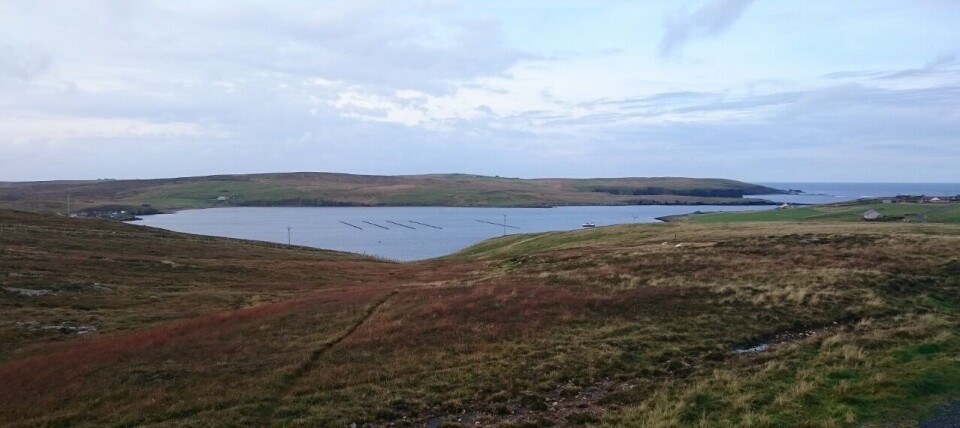
A Sound decision
Cribba Sound has taken over a mussel-growing site in the northwest of mainland Shetland from Eshaness Shellfish.
Lindsay Angus, owner and operator of Cribba Sound, told Fish Farming Expert that he hopes “to grow 50-100 tonnes of mussels at the new site over the course of each 18-month cycle”.
When added to his three other sites, he should soon be producing in the region of 200 tonnes a year, although he is quick to point out that these figures are heavily reliant on natural spatfall.
“Spatfall can vary hugely – there’s no timing, no season, and no annual pattern on which to base our predictions – it seems to be completely random for the bulk of the sites,” he reflects.
Despite this, there seem to be certain areas off the archipelago that are more reliable for seed collection and, as a result, most farmers in Shetland now dedicate some sites to seed collection and others to ongrowing.
“I’ll be using the new site for ongrowing,” he explains, “while another of my sites usually provides most of my seed.”
This site specialisation process is a practice that has become relatively commonplace over the past few years.
“3 or four areas seem to be better for seed collection and, in particular over the last 2-3 years, more and more farmers are using sites in these areas purely for collecting seed,” Lindsay adds. “We’re basically copying the system used in New Zealand.”
This shortage of seed, and the unpredictability of its arrival, is what has inspired Lindsay to back the establishment of Scotland’s first mussel hatchery – in a £1.9 million collaborative project which is receiving input from the likes of the NAFC, SAIC and SSMG.
“A regular supply of seed would be like manna from heaven,” Lindsay reflects, “and I’ve got high hopes for the hatchery, although it’s a long way off experimental, let alone commercial, production.”
Indeed, the trial project will run for two years – producing its first experimental batch this summer and its second next summer – and Lindsay believes it will be around 4-5 years before hatchery-reared mussel spat is commercially available in Shetland.
In the meantime he hopes that his site distribution, aided by the addition of the Eshaness takeover, will allow him to meet his targets both for collection and for ongrowing alike.




















































